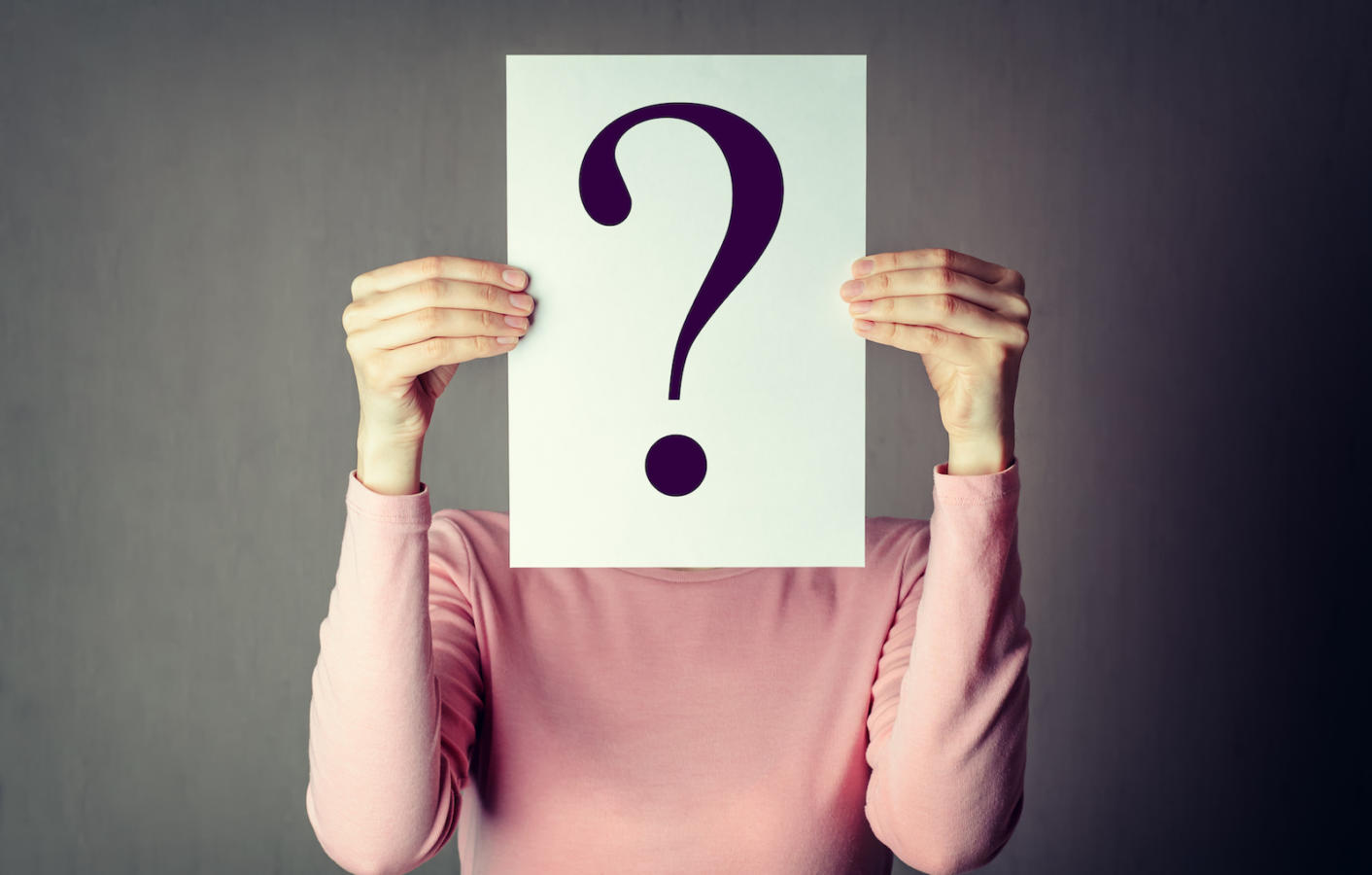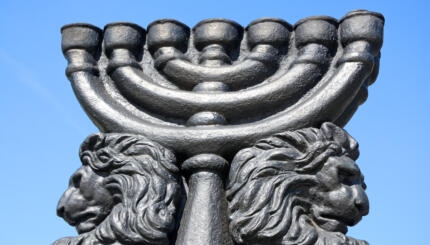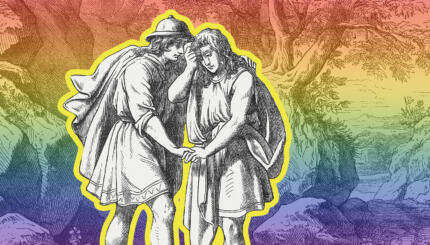In the first verse of the Book of Ruth, we meet a family without names — they are simply a man, his wife, and two sons. Only in the second verse are these individuals named, in a dense cluster of words that includes the threefold mention of the word Hebrew word for name, shem. These opening verses draw our attention to the manner in which this family hovers between names and namelessness.
The characters we meet in the book often draw further attention to this motif. Naomi, the wife introduced in the opening verses and the mother-in-law of the book’s namesake, later rejects her name and its meaning (pleasant), assuming an opposite name and identity: Mara (bitterness). Boaz, the wealthy landowner who later restores Ruth’s sense of personhood, is introduced as a man with a name (“and his name was Boaz”), but the overseer of his fields is not. Neither does the recalcitrant relative who refuses to marry Ruth, who is instead called Peloni Almoni, which essentially means “no-name.”
The book concludes with a list of ten generations of names, and its stated goal is to “establish the name of the deceased upon his inheritance” (Ruth 4:5, 10). The sevenfold appearance of the word shem in Chapters 1 and 2 is paralleled by its sevenfold appearance in Chapter 4. This testifies to the significance of the name as a leitmotif of the book.
In a narrow sense, the Book of Ruth aims to restore the name of Naomi’s son, Machlon, who has died childless. Its broader goal, however, is to reestablish the importance of names in society.

Help us keep Jewish knowledge accessible to millions of people around the world.
Your donation to My Jewish Learning fuels endless journeys of Jewish discovery. With your help, My Jewish Learning can continue to provide nonstop opportunities for learning, connection and growth.
Ruth takes place at the same time as the Book of Judges, which concludes with a profusion of unnamed characters. The prevailing anonymity in Judges correlates with a society that dehumanizes the other. The book features several stories in which unnamed characters are treated as objects. The nameless daughter of Jephtah is sacrificed on account of her father’s vow. In Judges 19, an anonymous concubine is brutally abused and objectified both by her husband and the townspeople of Gibeah.
In a society in which people have no names, they lose their value as human beings and are not treated with elementary compassion. Alienation prevails, and individuals are reduced to objects, unworthy of basic human rights. It is no wonder that the Book of Judges ends with a civil war, palpable testimony to the catastrophic breakdown of societal relationships at the time.
The quest to repair societal dysfunction begins on a small scale, with relationships between individuals who express concern for one another. When Naomi returns to Bethlehem, the townswomen ask, “Is this Naomi?” This question does not, however, engender compassion or offers of help. Moreover, their interest does not extend to Naomi’s companion, Ruth, whom they ignore completely.
Boaz fills the void created by their callous disregard. When he first sees Ruth in his fields, Boaz immediately inquires after her identity: “To whom is this young woman?” The overseer answers, “She is a Moabite young woman,” denying Ruth her name and identity. In his estimation, she is a foreigner, nothing more. Both the overseer and the townswomen mirror the society of the period of the Judges, which discounts the identity of the other.
Boaz’s query transforms Ruth from an unrecognized stranger to a person with an identity. He draws the overseer’s (and the reader’s) attention to Ruth as a subject. Indeed, Ruth’s gratitude to Boaz focuses not on his generous offer of food and protection, but rather on the mere act of his recognition: “Why have I found favor in your eyes to recognize me, and I am but a stranger?”
Boaz will ask again after Ruth’s identity in Chapter 3, when he awakens to find a woman lying at his feet in the middle of the night. Seeking marriage and children, Ruth approaches Boaz in the field. The moment of encounter contains no personal names, recording the matter of a “man” who awakens to find a “woman” lying at his feet. The absence of names strips the individuals of their identity, producing a highly charged moment in which two people meet at midnight in an isolated field.
But instead of taking advantage of a desperate young woman, Boaz unexpectedly inquires after her identity. His query gives Ruth the opportunity to identify herself by name, transforming her from object to subject. Her response opens with the word anochi, “I,” illustrating that Ruth reacquires her sense of self.
Boaz’s regard for Ruth’s personhood allows her to proclaim her name and regain her identity, and thereby reverses the trajectory of namelessness in the book. This encounter prepares the reader for Boaz’s ultimate act, in which he restores the “the name of the dead man upon his inheritance” (Ruth 4:10).
This moment also points toward the solution for the period of the Judges. Boaz’s concern for names turns the tide of a society in which a sense of alienation prevails and people have forgotten the importance of recognizing the other. From the union of Boaz and Ruth will issue David, whose kingship will repair the societal alienation of the period of the Judges. Thus, in a seemingly banal act of recognition, one individual acting in accordance with his own conscience ultimately changes the course of society and restores decency and humanity to the nation of Israel.



